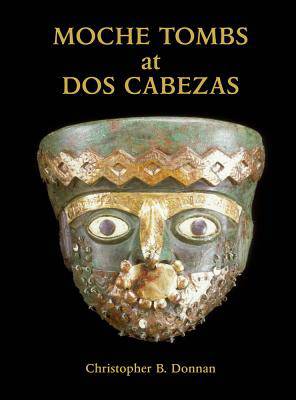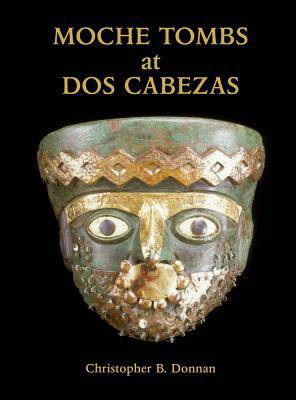
Je cadeautjes zeker op tijd in huis hebben voor de feestdagen? Kom langs in onze winkels en vind het perfecte geschenk!
- Afhalen na 1 uur in een winkel met voorraad
- Gratis thuislevering in België vanaf € 30
- Ruim aanbod met 7 miljoen producten
Je cadeautjes zeker op tijd in huis hebben voor de feestdagen? Kom langs in onze winkels en vind het perfecte geschenk!
- Afhalen na 1 uur in een winkel met voorraad
- Gratis thuislevering in België vanaf € 30
- Ruim aanbod met 7 miljoen producten
Zoeken
€ 52,45
+ 104 punten
Omschrijving
Moche civilization flourished on the north coast of Peru between approximately AD 100 and 800. Although the Moche had no writing system, they left a vivid artistic record of their beliefs and activities in beautifully modeled and painted ceramic vessels, remarkable objects of gold, silver, and copper, sumptuous textiles, and carved and inlaid bone, wood, and stone. Tens of thousands of these objects can be seen today in museums and private collections throughout the world. Unfortunately, nearly all of them have been looted from Moche tombs by grave robbers, and thus there is no record of the grave, or the archaeological site, or even the valley from which they came. This lack of information severely limits what could have been learned about the Moche if the graves had been excavated archaeologically and their contents systematically recorded. This study focuses on five extraordinary Moche tombs that were archaeologically excavated at the site of Dos Cabezas. The tombs are remarkable not only for the wealth of objects they contained but also because we know how the tombs were constructed, how they relate to one another both spatially and temporally, and what individuals they contained. The tombs provide an unusual opportunity to understand aspects of Moche funerary practice that are lost when tombs are looted, and to appreciate the extraordinary artistic and technological sophistication of this ancient Peruvian civilization.
Specificaties
Betrokkenen
- Auteur(s):
- Uitgeverij:
Inhoud
- Aantal bladzijden:
- 254
- Taal:
- Engels
- Reeks:
Eigenschappen
- Productcode (EAN):
- 9781931745512
- Verschijningsdatum:
- 1/12/2007
- Uitvoering:
- Paperback
- Formaat:
- Trade paperback (VS)
- Afmetingen:
- 218 mm x 278 mm
- Gewicht:
- 1070 g

Alleen bij Standaard Boekhandel
+ 104 punten op je klantenkaart van Standaard Boekhandel
Beoordelingen
We publiceren alleen reviews die voldoen aan de voorwaarden voor reviews. Bekijk onze voorwaarden voor reviews.









